A few weeks ago a friend and I drove up to Harpers Ferry in West Virginia by way of Brunswick, Maryland. Brunswick is an old, somewhat distressed-looking small city, with a decent-sized downtown area and a stop along the MARC commuter rail, which runs into Union Station in Washington, D.C.
There’s a big project that, as far as I can tell, involves some restoration and some demolition, on a particularly deteriorated block downtown. But mostly, the town looks old and timeworn, with very little recent construction.
However, just outside of town—still within city limits, a few minutes’ drive—is this, Brunswick Crossing:
Many acres of winding streets full of closely packed detached houses and a handful of what the homebuilding industry calls “villas”—attached single-family houses, more horizontal than townhomes.
You get your yard and your white fence:
Playground, pool, and clubhouse:
And old farmhouse, which will presumably be some kind of community or event space:
And a brand new strip plaza with restaurants, stores, and Brunswick’s only supermarket following the closure of its last one several years ago. That’s a problem in a lot of small towns and rural areas: look at this newspaper clipping hanging in the new supermarket!
Frederick isn’t exactly close for a grocery run. The new supermarket is large and very nice.
And the houses start in the 400s!
You can drive in about seven or eight minutes to a train that will take you straight to D.C., if you don’t mind sitting on a train for north of an hour.
This represents everything wrong with residential development today. Instead of some sort of actual mixed-use fabric, or even just narrow, pleasantly walkable streets, we get wonky curvy unshaded expanses and a strip mall that you’ll probably drive the two minutes to. We get something that in and of itself serves as a sort of master-planned community, but with no relationship to anything at all outside its private borders, not even the old town it practically abuts. We get countryside eaten away in random chunks, and the crowding of an inner suburb with none of the amenities of older, denser places.
So my question is, what’s so bad about it?
How many downed trees or paved-over fields out here really matter? Who cares if in 30 or 50 or 70 years the development is falling apart and becomes a drag on municipal finances (as it no doubt will, and may already be)? What difference does it make if the homes look tacky or the yards are all squeezed together? It’s not like we’re in the boondocks—this is Frederick County, which abuts Montgomery County, which borders D.C. itself. Without traffic (a big if, of course) you can drive to the core of downtown D.C. in about an hour and 20 minutes.
My friend and I are both very much committed urbanists, but we sort of asked ourselves all this. The idea of being able to get a brand new house for almost half the price of a decades-old house in an inner county, that close to commuter rail and a supermarket? Maybe we’re in a bubble if we can’t even imagine how anybody would jump at at that deal.
Look, I wouldn’t do it now, or five years ago, even if I’d had the money. I wouldn’t do it at all, because my wife and I managed to get a house in Fairfax County, with some help and some luck, and we like it here. But if your values and preferences say, I don’t need all the cultural amenities of the city, I want to start a family and have room for the kids, and I’m not made of money, and maybe I don’t need to commute every day…what reason is there not to move out here?
We also discussed this—this undercurrent of tension between urbanism and family life, this expectation that you move to suburbia when you get married and have kids, that urban life is in some sense immature or consumeristic.
I’m very conscious of not appearing to discount the value of family. I don’t view urbanism as some bespoke way of describing a single, childless, unattached lifestyle. When you talk about getting rid of SUVs or stopping exurban development, a lot of people hear that. I think of something people sometimes say, as a sort-of objection to urbanism: community is the people you know. Your church. Your kids and their friends and their parents, the relationships you cultivate, volunteering and hobbies. Urbanists lack those attachments; they want the built environment to do that work for them. They think sitting in a coffee shop or allowing bars within walking distance of residential developments will somehow fix the loneliness problem.
I don’t think this is true, but honestly, there might be a grain of truth to it, for some people, anyway. My feeling is that a good built environment facilitates building community. Suburbia isolates people.
And I guess that’s my real objection here. Not the fiscal or environmental implications of building way out at the metro-area fringe like this. My reticence to be YIMBY for exurban sprawl is my understanding that you come here for homeownership, thinking that you’ll always just ride or drive back to your job or your friends closer in when you feel like it.
But once you’re there, you realize it exerts a sort of mental gravitational pull. A 10- or 20-minute drive can be done on impulse. A 40-minute drive is much harder to justify. You have to affirmatively choose to take that time and gas expense. More of your trips and outings and errands involve this friction. You’ll find yourself alone, and the much lower density of stuff out here means it’s harder to build a “thick” network of friends and acquaintances. Everything is physically spread out, in a different direction.
Having kids can make this worse, because all the various things they do and friends they have are also likely to be spread out and in different directions. My fear is that it’s simplistic, even a false dream, to think that you’ve made it because you got a new house at the right price.
So much of life is the unquantifiable stuff—the third places and weak ties. Urbanism is a set of tools that makes it easier to cultivate ties and build relationships. Like anything done well, it’s almost invisible. You might not think about it or even notice it. But you might miss it when it’s gone.
Related Reading:
Which Housing Is “Housing Crisis Housing”?
What If Suburbia Still Looked Like This?
Thank you for reading! Please consider upgrading to a paid subscription to help support this newsletter. You’ll get a weekly subscribers-only piece, plus full access to the archive: over 900 pieces and growing. And you’ll help ensure more like this!




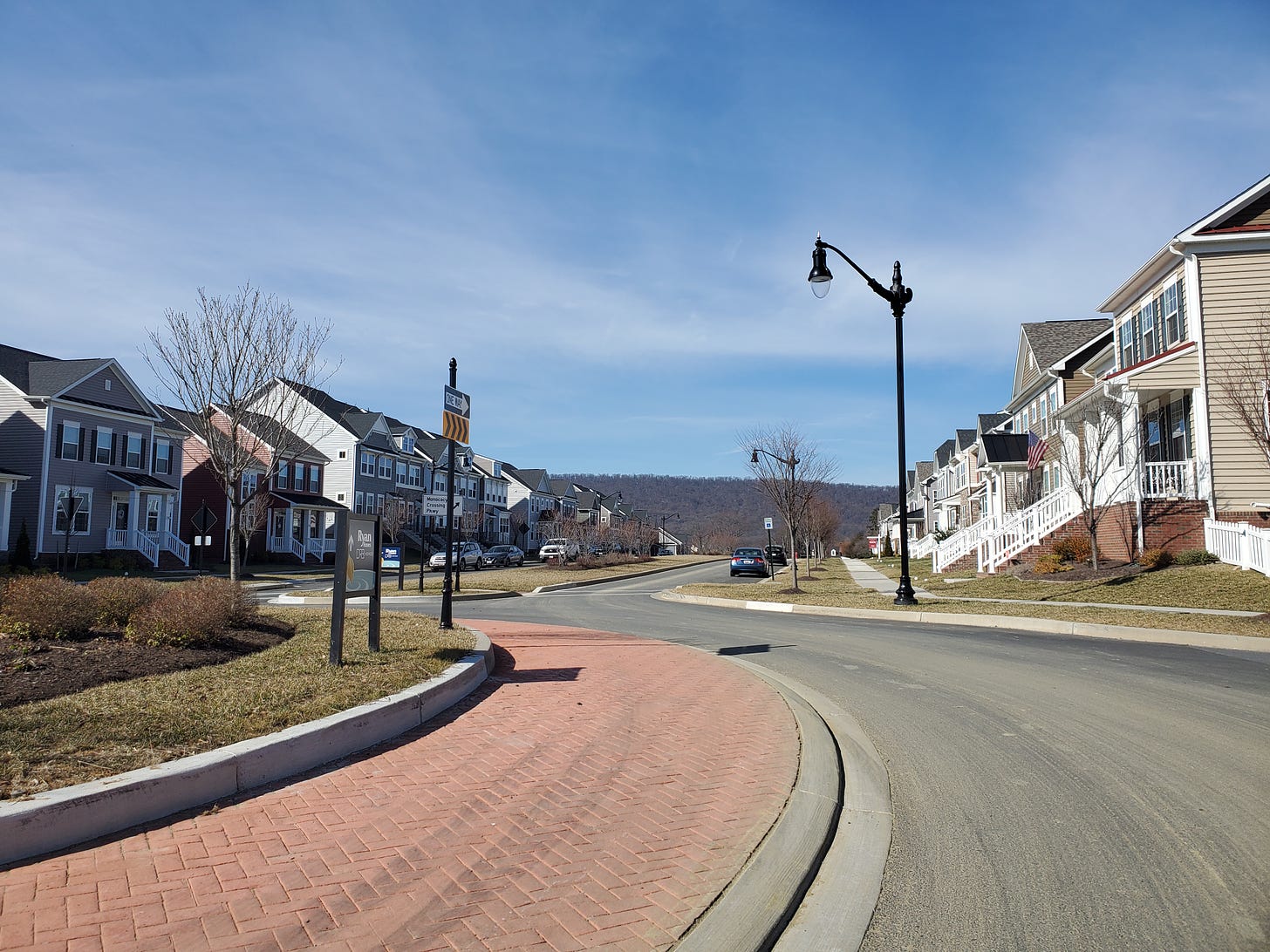
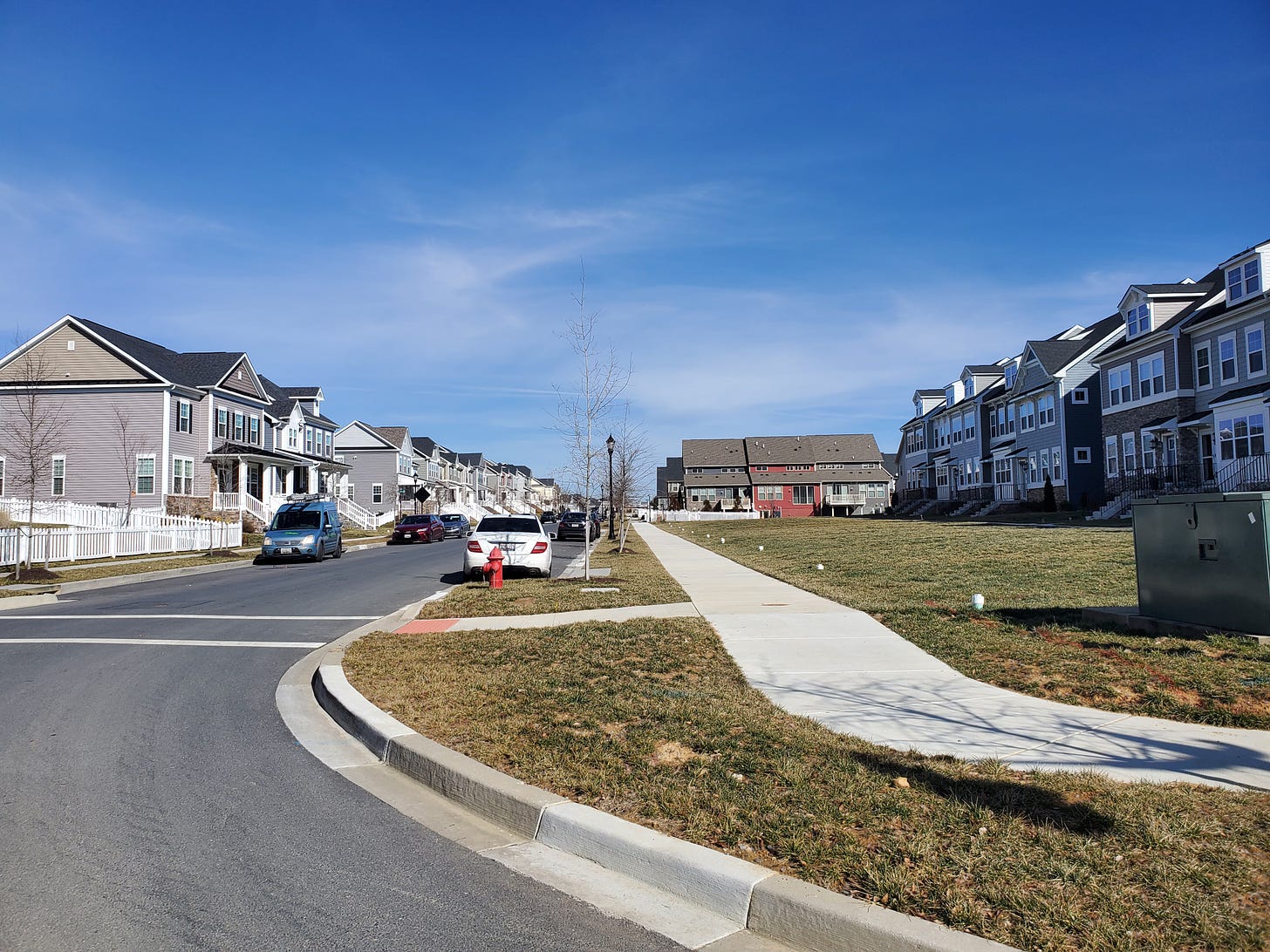
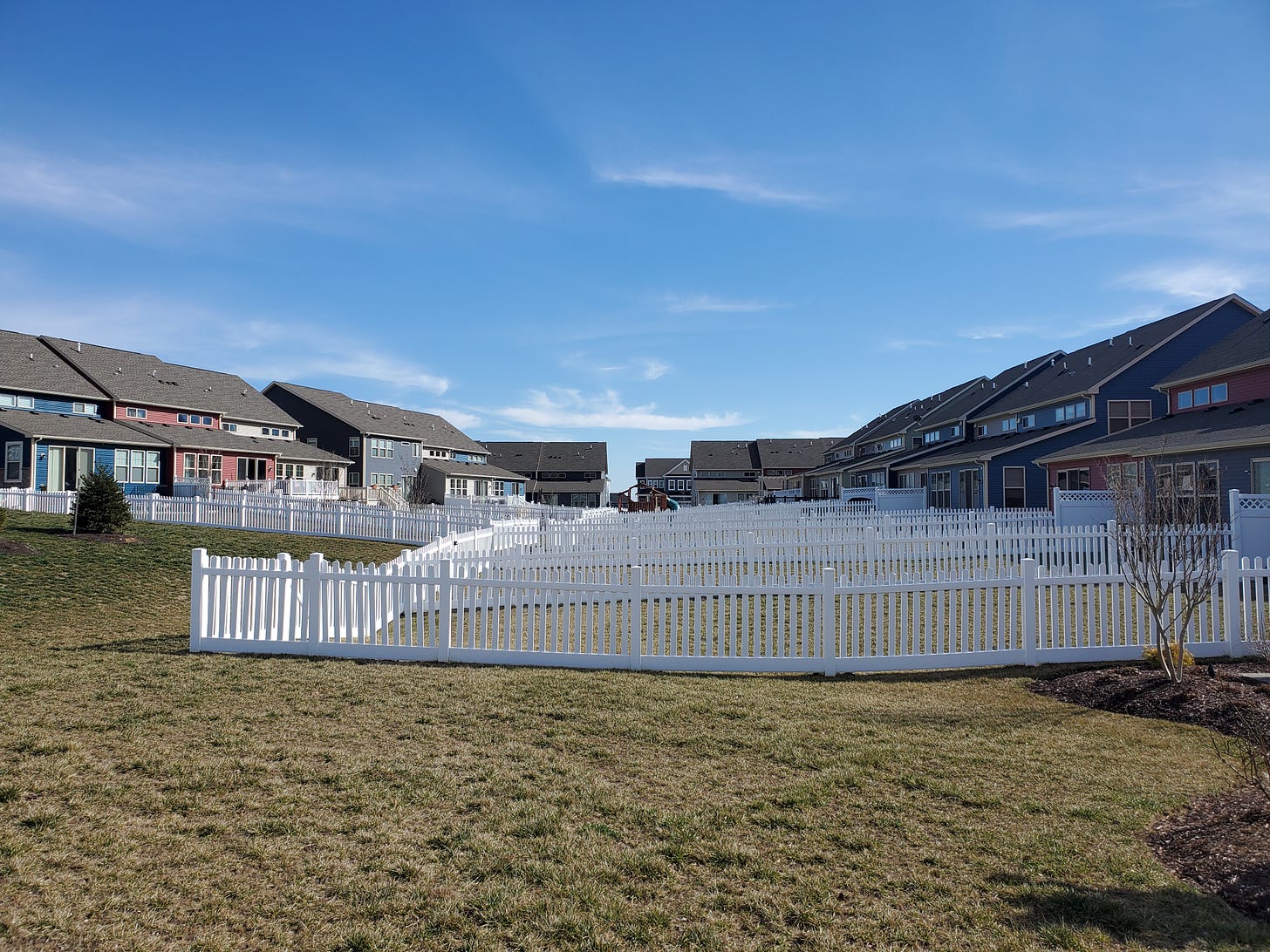
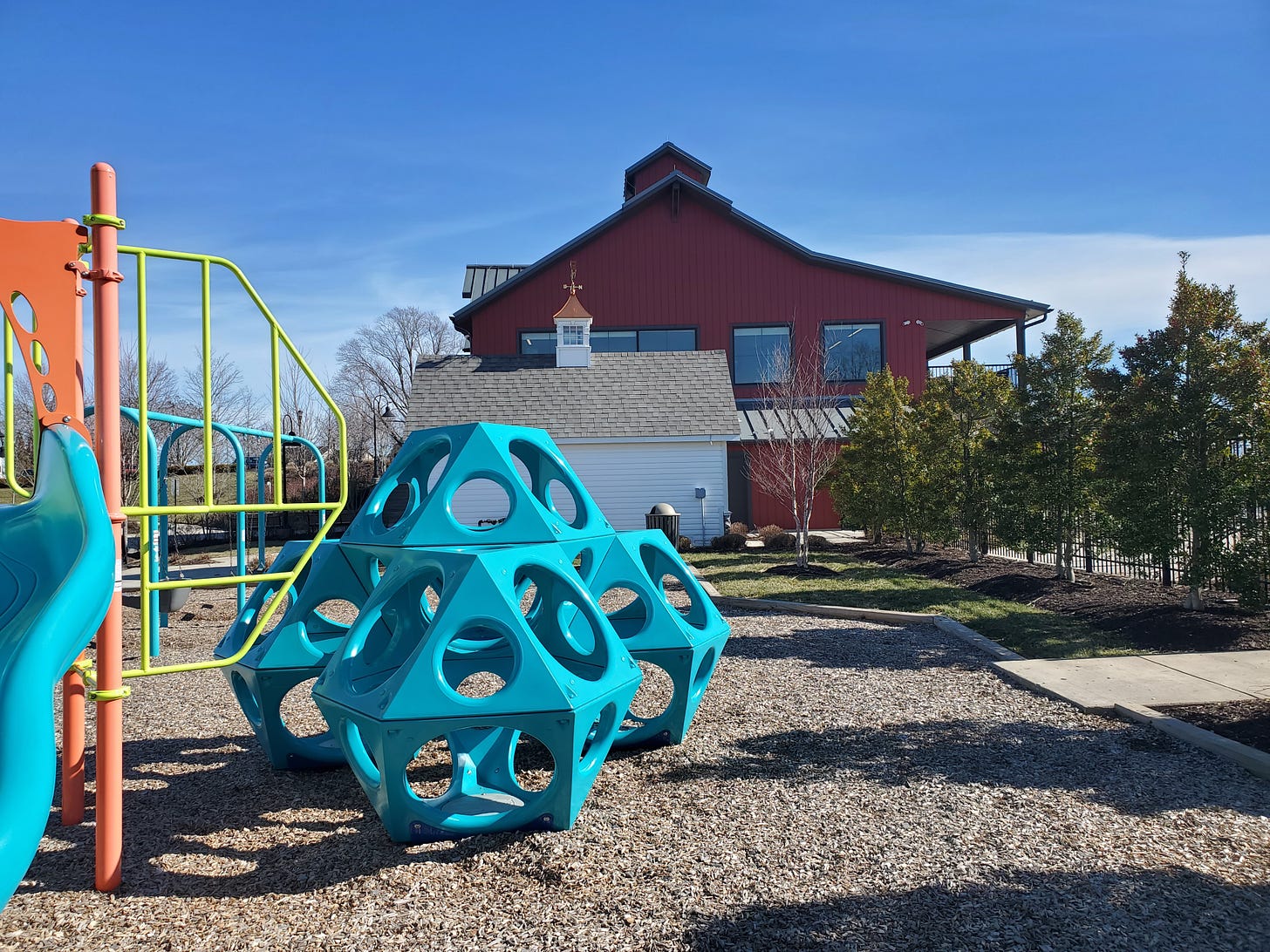
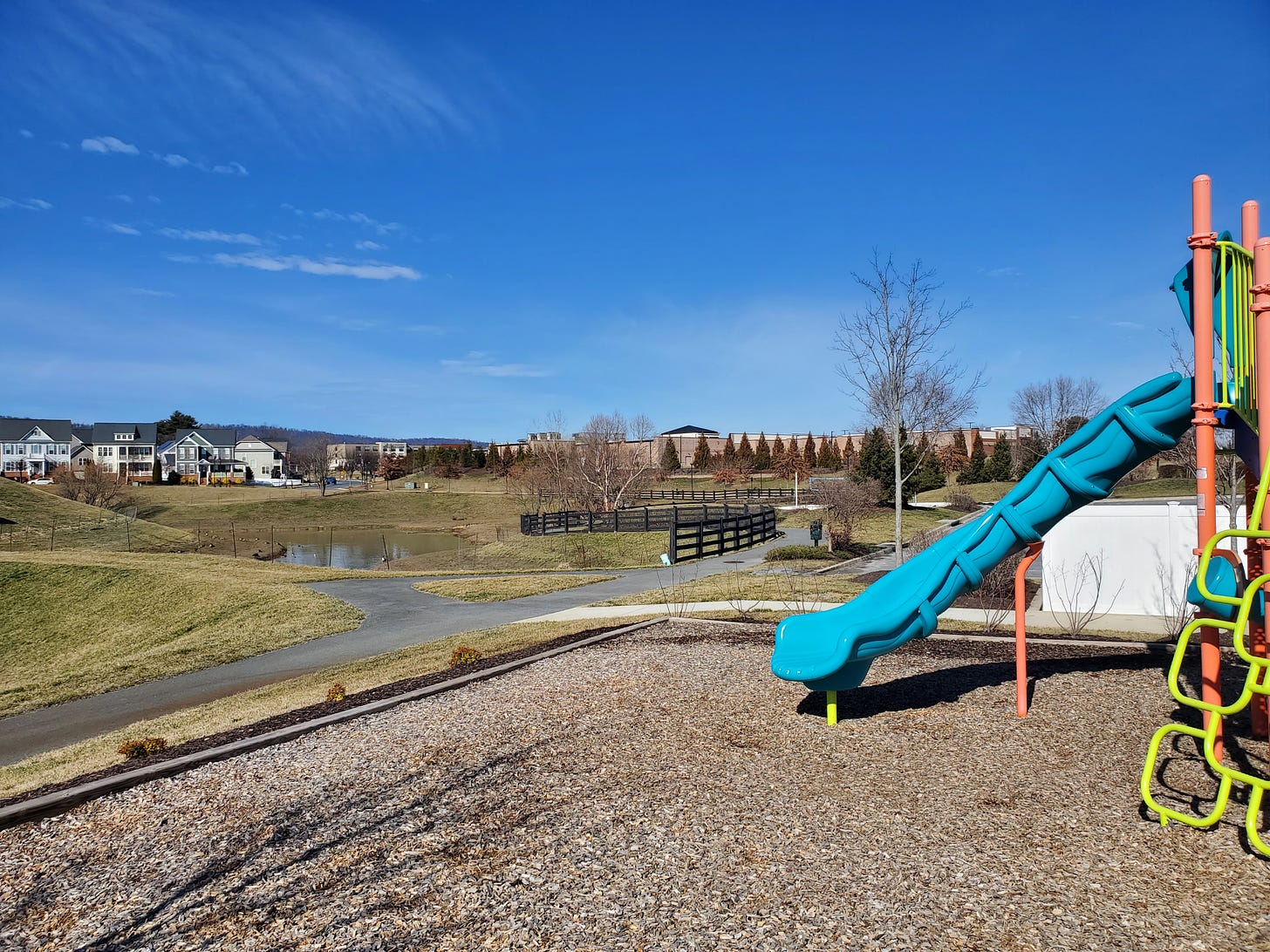
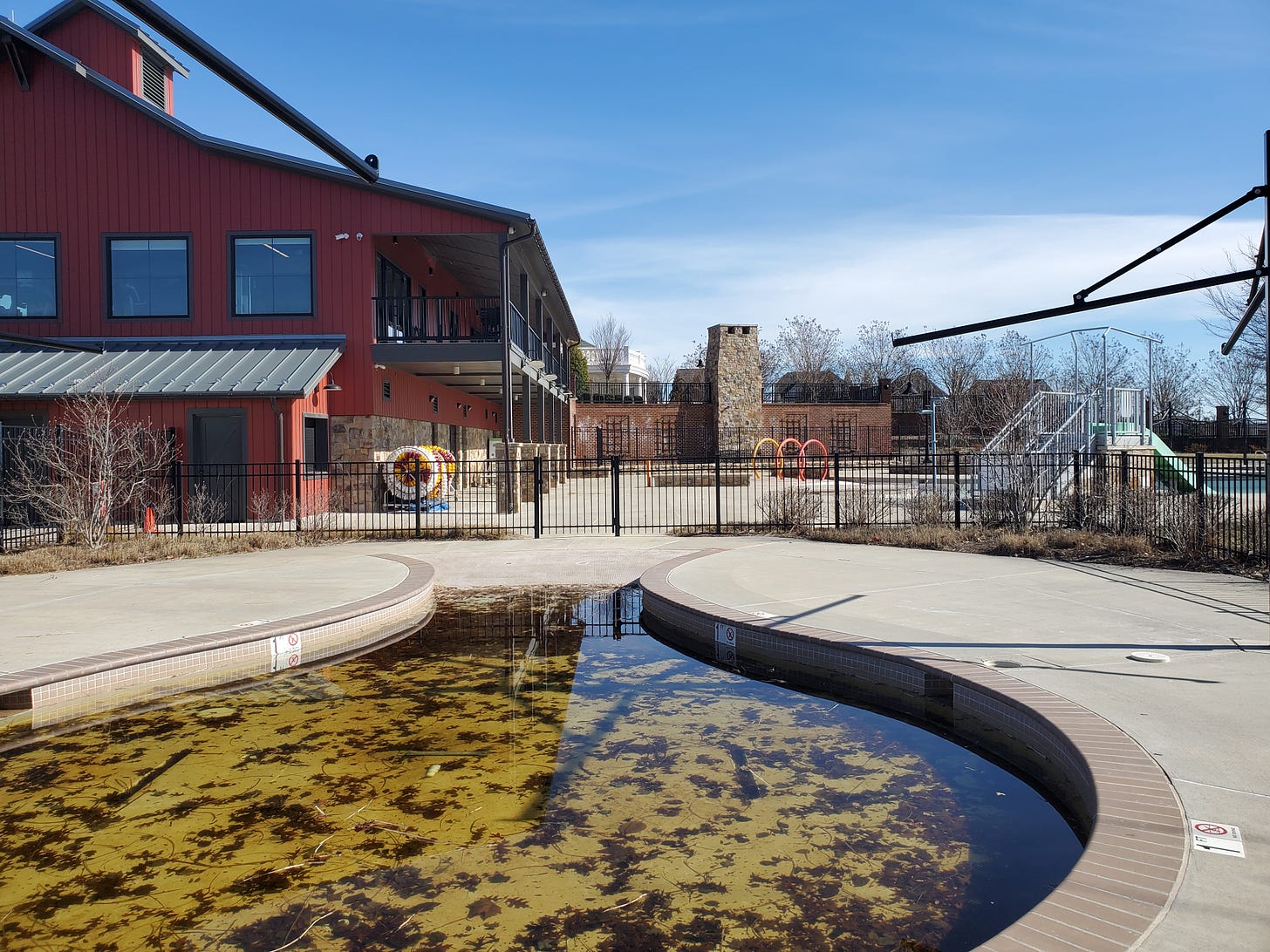

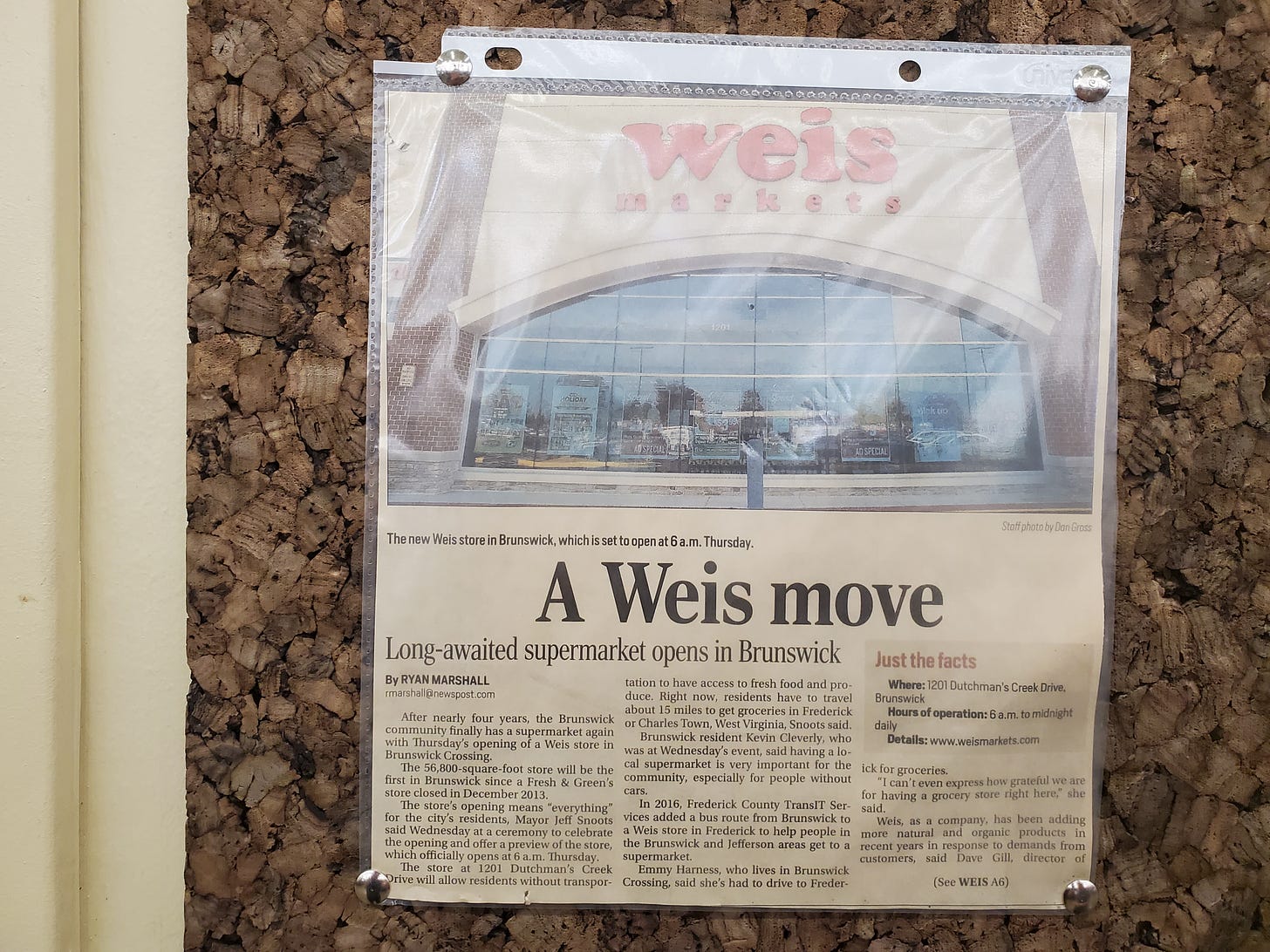
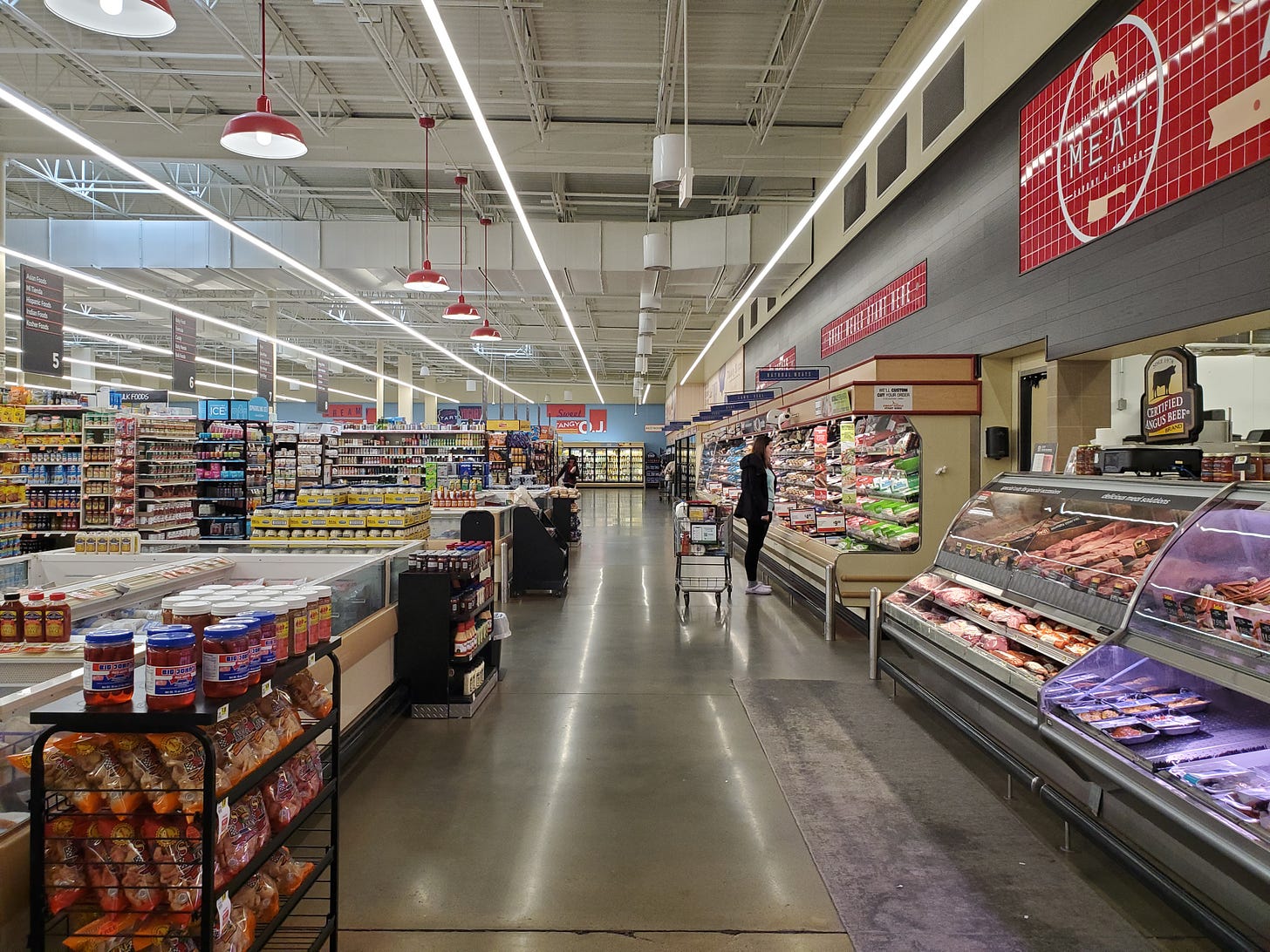

I live in Manhattan with two small children in 500 Square feet with no car. Thick community is everywhere. Through work friends. Through the kids. My 4 year old daughter's school is a 5 minute walk. Her best friend is one block. The central park zoo and natural history museum and central park carousel and unlimited playgrounds are all walking distance and all provide unlimited family opportunities and chances to get to know other parents. You could choose an isolated existence to excess here if you're not thinking or you can just enjoy a bit of solitude in small amounts. This sort of housing development described in this article sounds like hell to me. Thick community would be so much more difficult.
Love the whole piece but this is particularly beautiful:
“Urbanism is a set of tools that makes it easier to cultivate ties and build relationships”